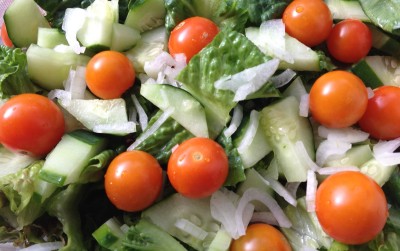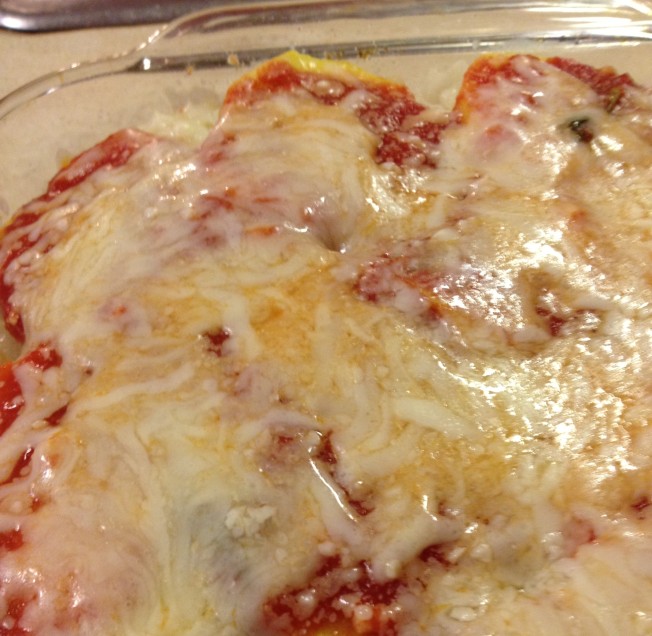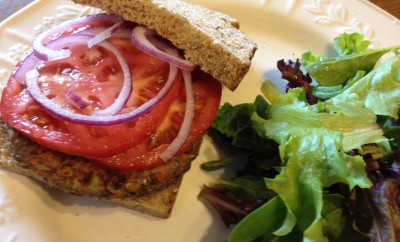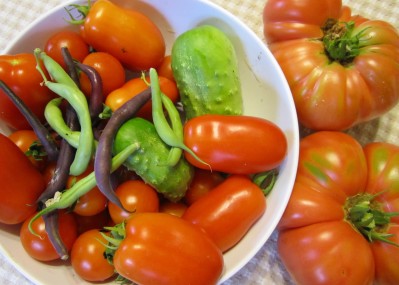Are you thinking, “Doesn’t she mean Calcium and Osteoporosis?”
Up until a few years ago, I know that would’ve been my question.
For most of my life, I thought of protein as the most important thing when it came to healthy meal planning. I was always careful to make sure that my family and I had enough protein at each meal. I figured if some is good, then more must be better, right?
Not necessarily. Not in this case.
I started coming across books and articles that talked about how too much protein in your diet can cause problems with bone loss:
(Let me interrupt for a minute – The following is based only partly on my experience. I base all of my informative-type posts on research from the most reputable sources I know, looking for clinical trials when available. I provide this info to you along with links so that you can look further into these topics and make your own decisions. My goal is to empower you to look beyond marketing schemes and crazy fad diets, and to help you to find what will benefit you and your family’s health! 🙂 )
- “The digestion of protein releases acids the body usually neutralizes with calcium and other buffering agents in the blood. Eating lots of protein…requires lots of calcium. Some of it may be pulled from bone.” The Okinawa Diet Plan, page 66
- “In their exhaustive review of the scientific literature, Dr. Lanou and Mr. Castleman found that ‘two-thirds of clinical trials show that milk, dairy foods and calcium supplements do not prevent fractures.’ They conclude that the high fracture rate in countries that consume the most milk and dairy products results from the fact that ‘these affluent Western countries also consume the most meat, poultry and fish.’” http://www.nytimes.com/2009/11/24/health/24brod.html
- “Cultures with the highest calcium intake have the highest osteoporosis rates. Support your body’s acid-alkaline balance to keep much-needed minerals in your bones by avoiding excess animal protein, refined grains, sugar, and preservatives.” http://www.betterbones.com/osteoporosis/default.aspx
So how much protein is too much?
Nutritionists’ research shows that humans need about .4 grams of protein per pound of body weight. The amount you need can be calculated by multiplying your body weight times .4. So a woman who weighs 135 pounds needs about 54 grams of protein.
Let’s look at a typical day’s protein intake for a lot of people:
11 g 1 egg, 1 slice whole wheat toast, orange juice
26 g 2 oz. turkey and 1 oz. lite swiss cheese on whole wheat bread, apple
38 g 3 ounce portion chicken breast, baked potato, broccoli, salad with tomato, cucumber, onion and black olives
And don’t forget snacks:
6 g 6 oz. lowfat yogurt
0 g ½ cup blueberries
6 g Handful (1 oz.) almonds
The day’s total: 87 grams of protein!
How can this menu be changed to reduce the protein load a bit? Well, have 1 oz. turkey instead of 2 in the sandwich and add lettuce and tomato; make chicken pot pie or soup or enchiladas using 1 oz chicken and adding vegetables to compensate; or have a vegetarian entree for dinner on a day that you have meat for lunch.
Some surprises:
Did you know that 2 slices of whole wheat bread has 8 grams of protein?
And that 1 large stalk of broccoli and 1 large baked potato each have 7 grams of protein, the same amount that’s in 1 large egg?!
I’m sure most people don’t think of broccoli as a source of protein!
Surprise! I didn’t know that either! 😉
Now don’t get me wrong! Protein is not the enemy! Excessive protein is what we’re concerned with. Protein is important and we certainly have to be aware of getting enough.
But it’s just like with calories.
There’s a specific amount we should have for optimal health,
and too much or too little will eventually cause problems.
It makes sense, right? 🙂
Let’s see what I had today:
13.5 g Oatmeal with 1 T rice bran, 1 T seed mix, 1 T sliced almonds, ½ c 2% milk
16 g Huevos rancheros – 2 corn tortillas, ½ c black beans, 1 egg, fresh salsa
3.5 g 5 Brazil nuts
18 g 1 pint 3-bean vegan chili
0 g Large green salad with tomato, cucumber, onion and olives
My total: 51 grams of protein plus the 6 grams I’ll have later in my yogurt with blueberries
Oh, I also had ½ of a gluten-free vegan banana chocolate chip muffin. Give up chocolate? I’m not crazy! 😉
Is this even important?
For me, it is. You see, I have a family history of osteoporosis.
Even if I didn’t, it’s projected that by year 2020, one in two Americans aged 50 years or older will be at risk for fractures from osteoporosis or low bone mass. Some men and many women, even in their 30s, begin to lose bone mass.
So it might be important for you, too.
Is there anything we can do? You bet there is!
We can take the appropriate vitamins and minerals.
We can avoid foods that can increase inflammation: sugar, processed foods, caffeine, and refined carbohydrates.
We can do weightbearing exercise at least 5 times a week.
And we can play it safe with protein by simply reducing our portion sizes of high-protein items and reaching for fruits and vegetables to fill us up!
For further information:






















